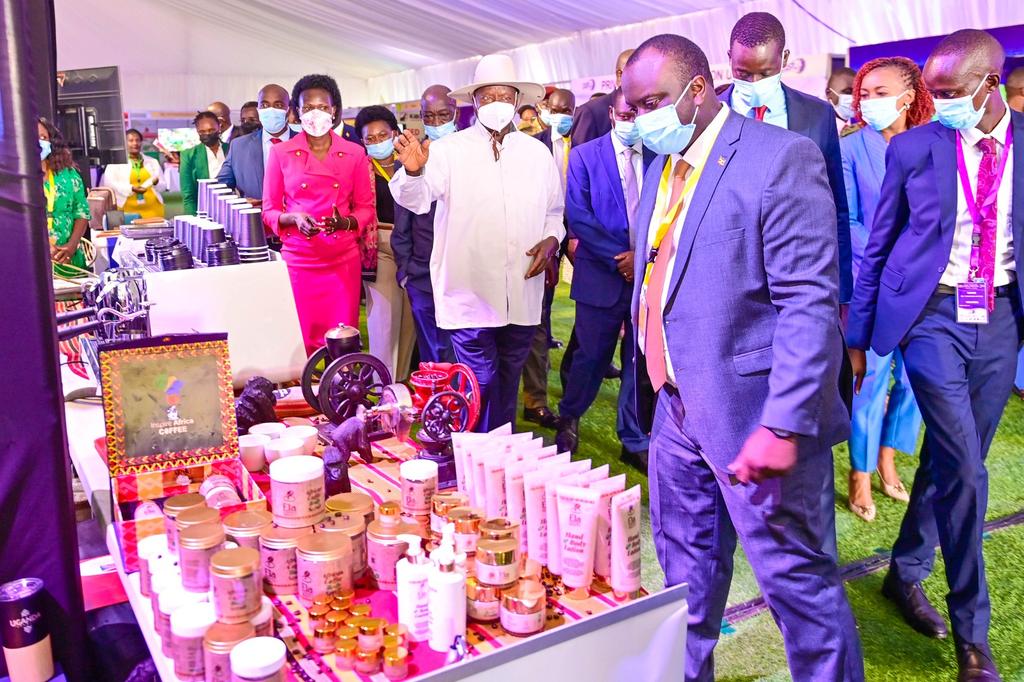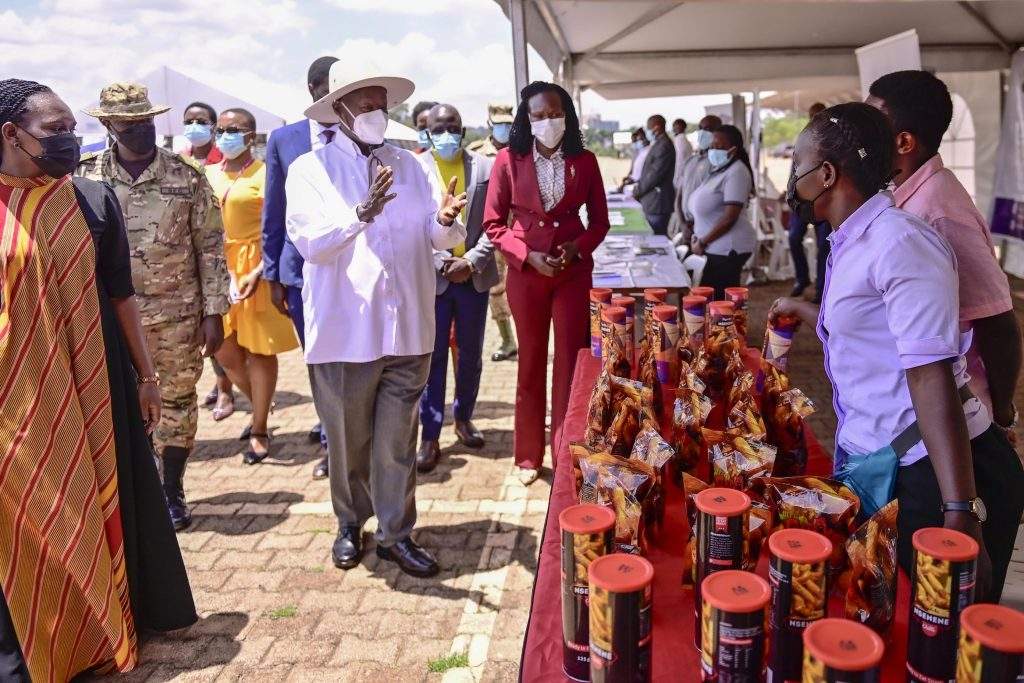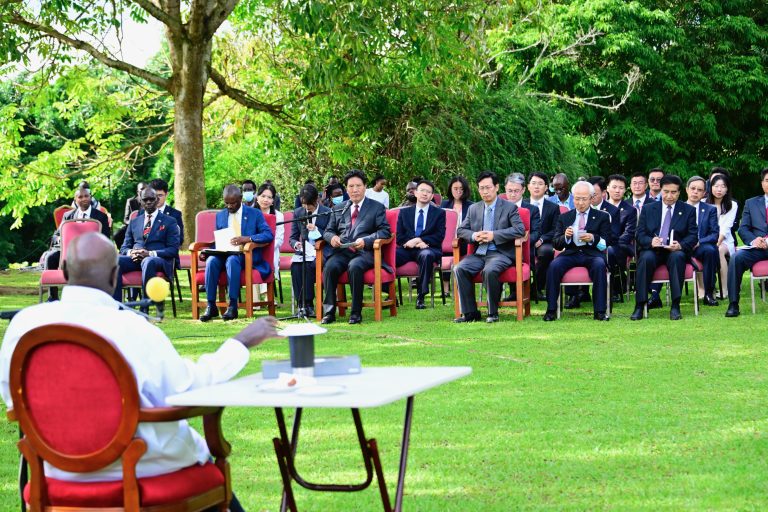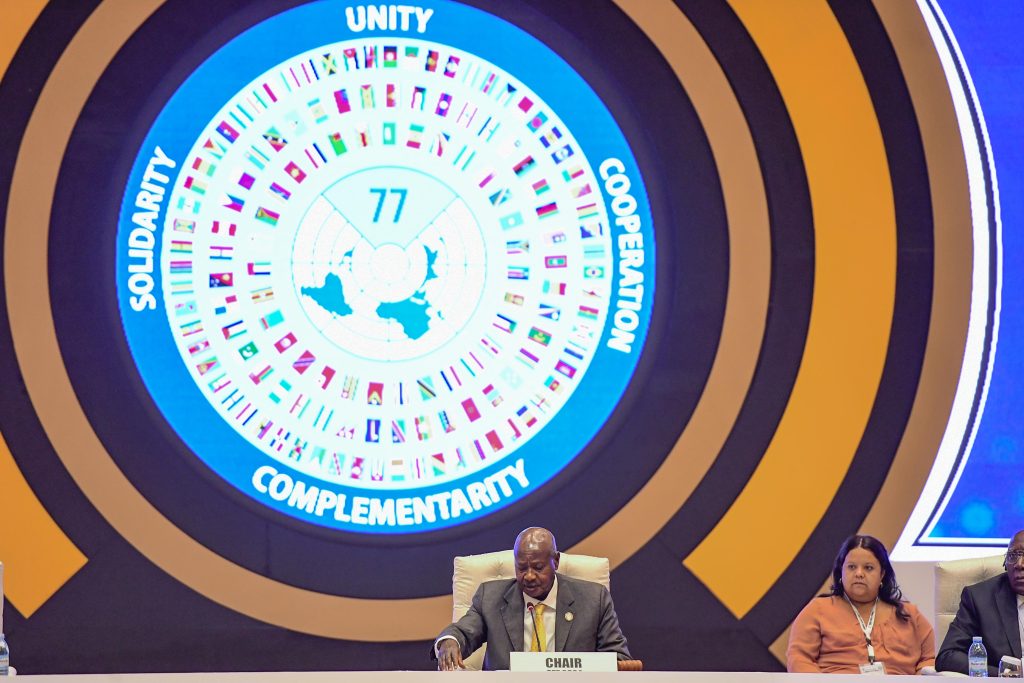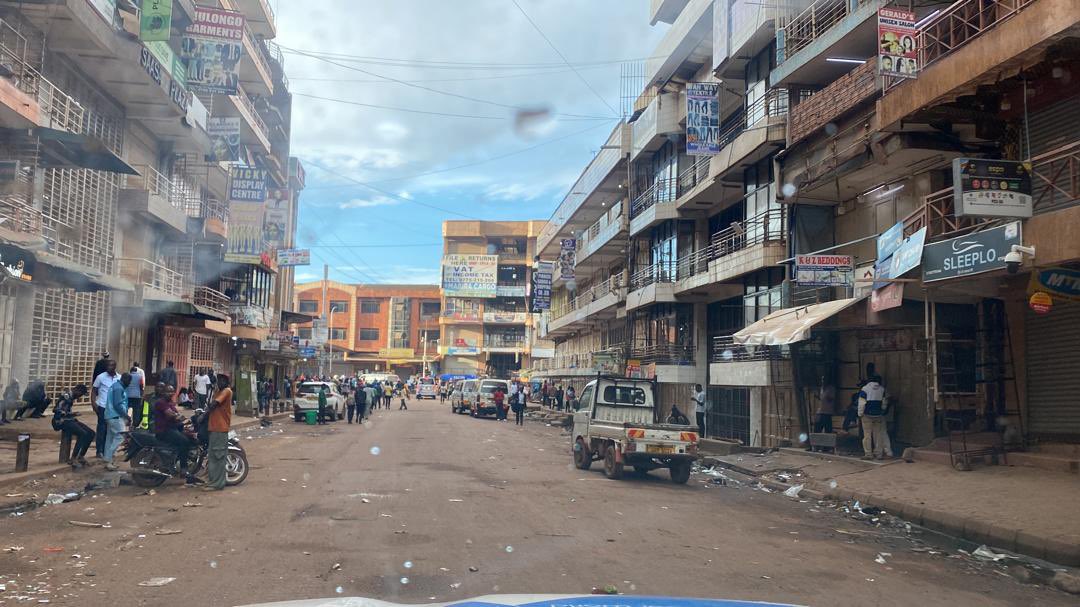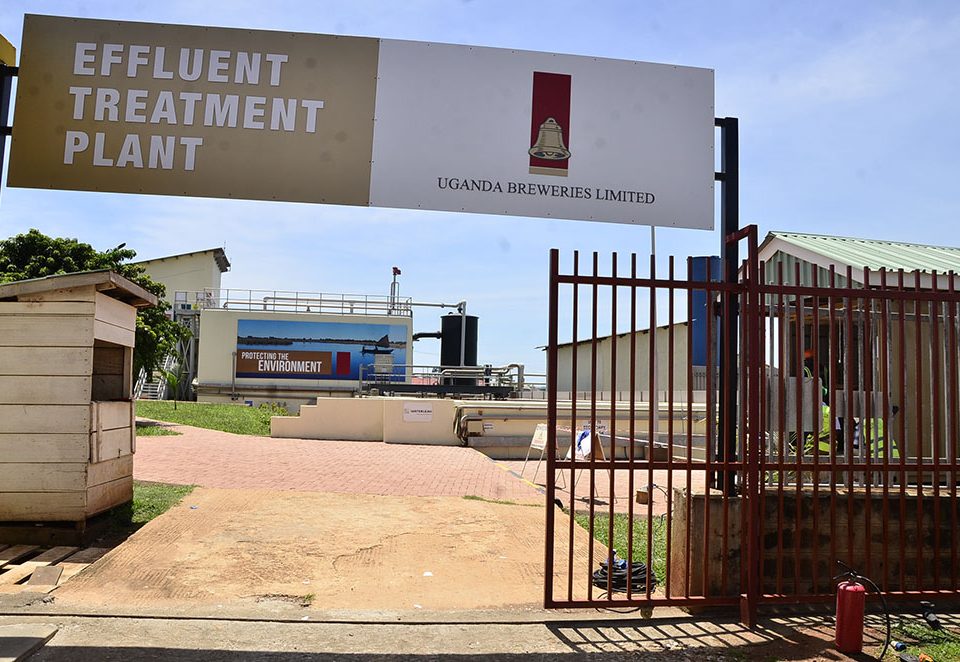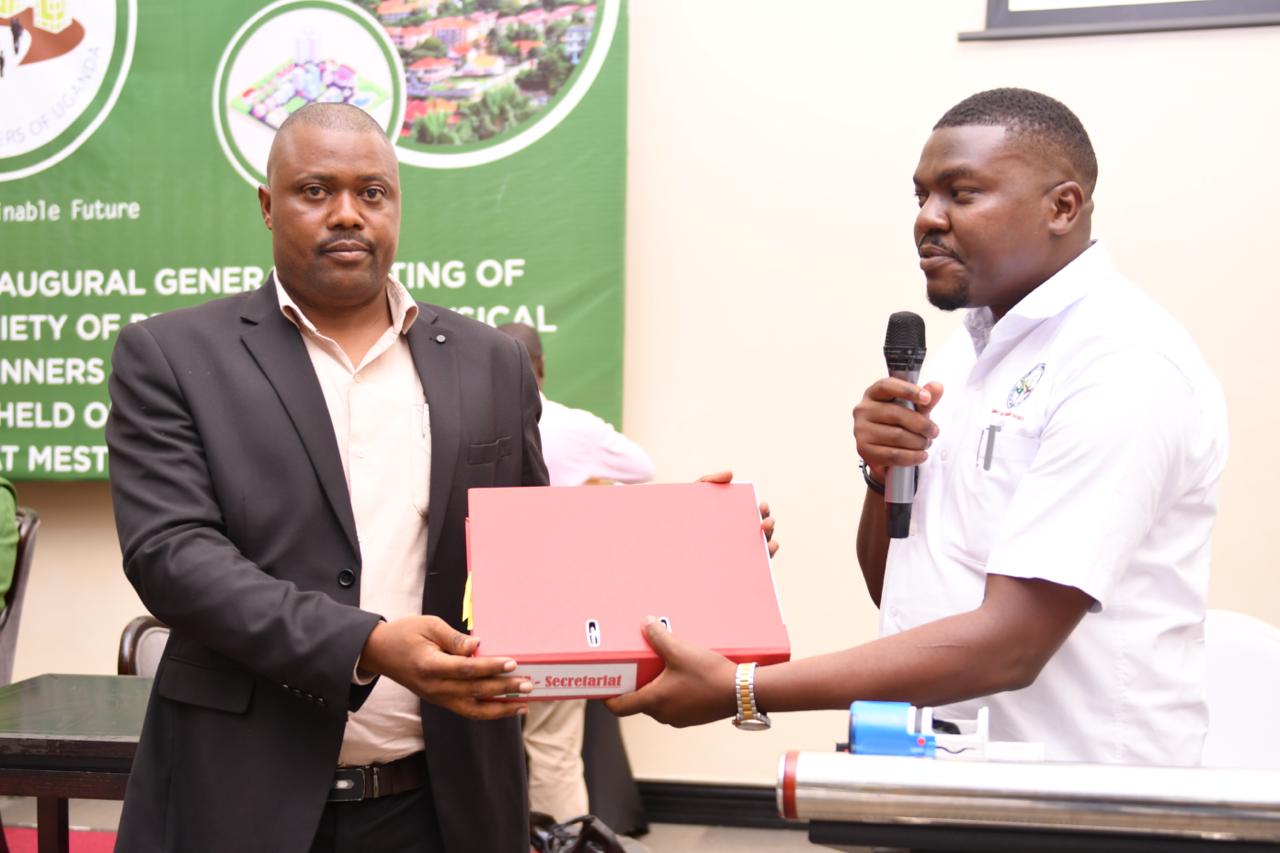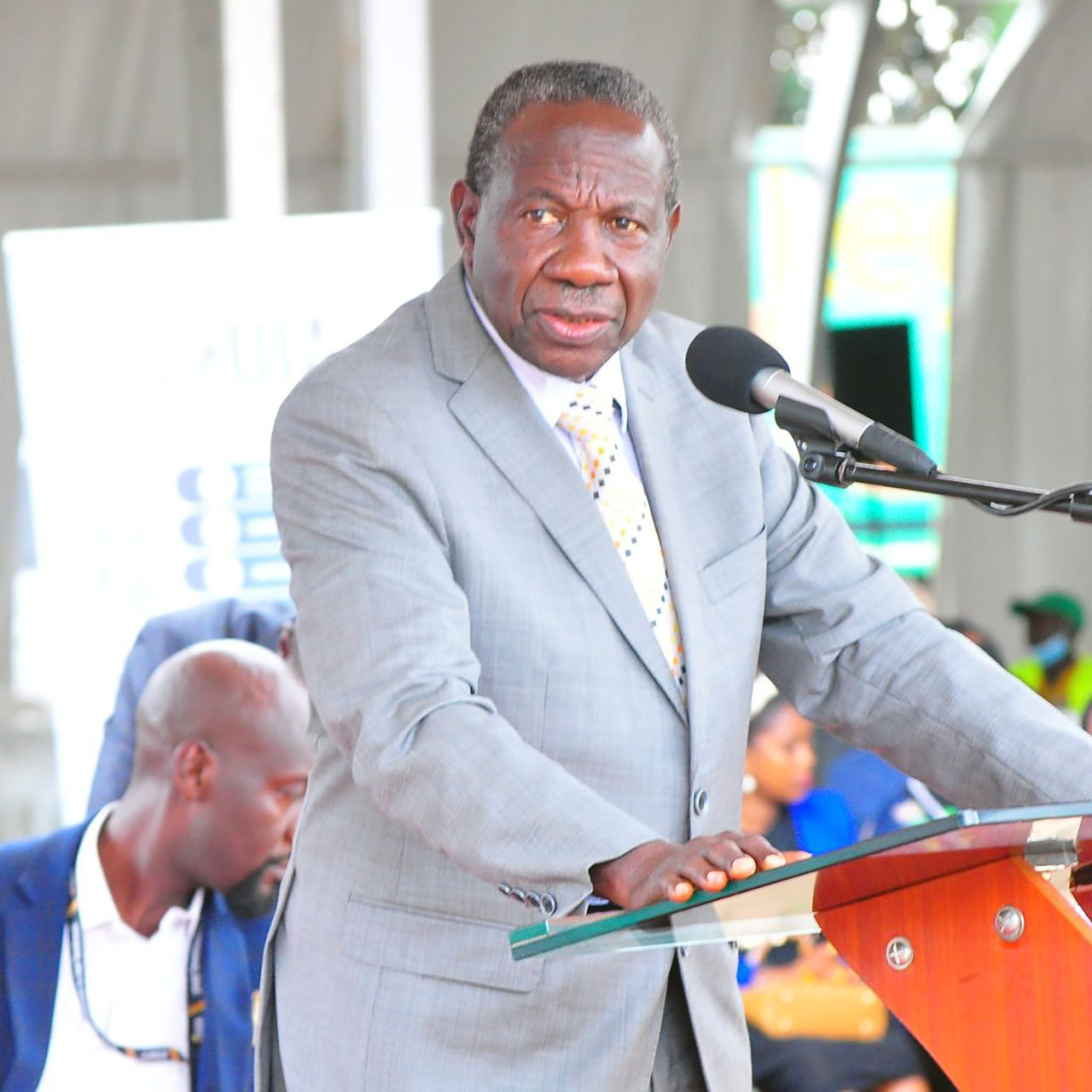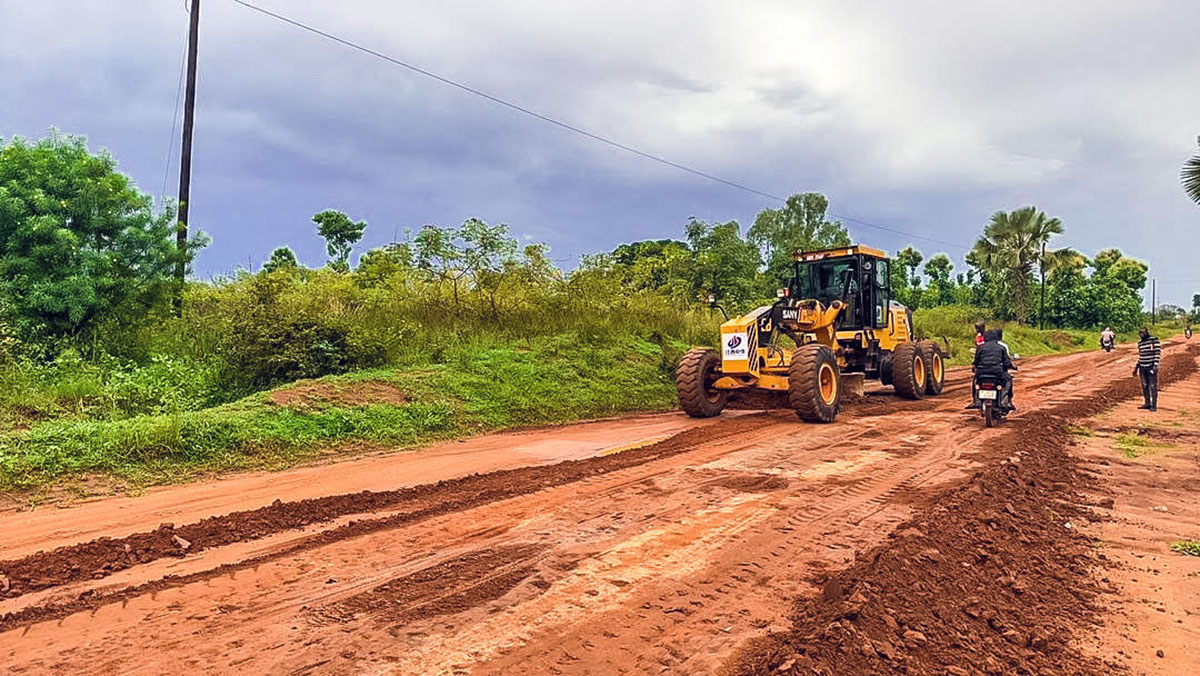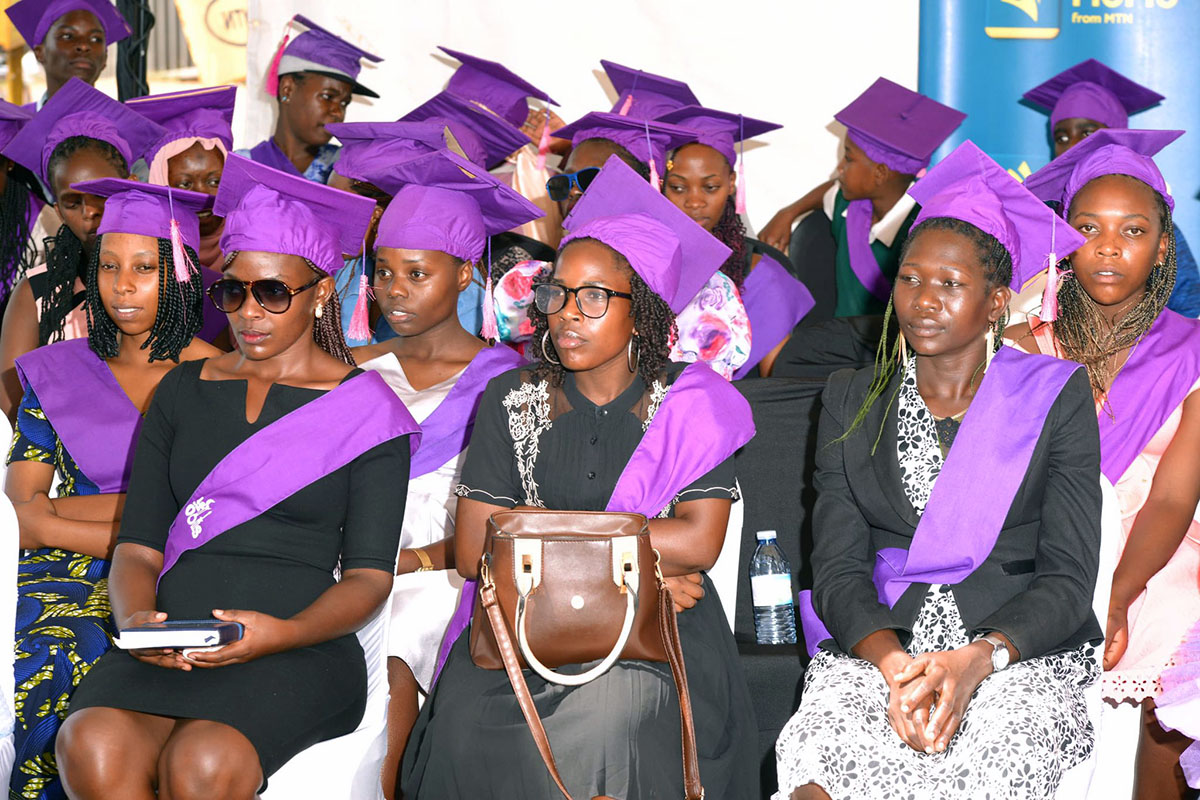Optimism as COMESA-EAC-SADC free trade area starts

AS ONE: EAC Secretary General Veronica Mueni Nduva (seated right), SADC Executive Secretary Elias Mpedi Magosi and COMESA Secretary General Chileshe Kapwepwe, are joined by coordinators of the three economic communities at a recent tripartite meeting.
The COMESA-EAC-SADC Tripartite Free Trade Area (TFTA) Agreement officially came into force following ratification by the requisite number of member States.
The agreement required at least 14 out of the 29 countries in the region made up of the Common Market for Eastern and Southern Africa (COMESA), East African Community (EAC) and Southern African Development Community (SADC) to deposit their instruments of ratification before taking effect.
According to SADC Executive Secretary Elias Magosi, the milestone was achieved when Angola deposited its instrument of ratification on July 25.
- The coming into force of the COMESA-EAC-SADC FTA represents a step towards deeper economic integration in Africa. It aligns with broader continental initiatives such as the African Continental Free Trade Area (AfCFTA), which aims to create a single market for goods and services across the continent.
The other countries that have so far ratified the agreement are Botswana, Burundi, Egypt, Eswatini, Kenya, Lesotho, Malawi, Namibia, Rwanda, South Africa, Uganda, Zambia and Zimbabwe.
These countries, he said, collectively accounted for 75 percent of the Tripartite GDP in 2022.
- This development was announced during the 37th Tripartite Task Force Meeting on July 20, held on the sidelines of the 6th African Union Mid-Year Coordination Meeting in Accra, Ghana.
 The COMESA-SADC-EAC Free Trade Area is expected to boost inter-regional trade across the continent.
The COMESA-SADC-EAC Free Trade Area is expected to boost inter-regional trade across the continent.The meeting was attended by COMESA secretary general Chileshe Mpundu Kapwepwe, EAC secretary general Veronica Nduva and Magosi.
The TFTA aims to create an integrated market covering 29 countries in eastern and southern Africa as part of a bold move by Africa to reform internal trade.
Commonly known as the Tripartite Free Trade Area (TFTA), the integrated market was launched in June 2015 in Egypt when the agreement was signed.
The TFTA creates a combined population of some 800 million people covering half of the member states of the African Union and a gross domestic product of over US$1 trillion.
- The primary goal is to create a larger market by harmonizing trade policies, reducing trade barriers such as tariffs and import quotas, and promoting the free movement of goods and services among member states. The enlarged market aims to promote the smooth movement of goods and services across borders, as well as allowing member countries to harmonise regional trade policies to promote equal competition.
- The harmonisation of trade policies, and removal of non-tariff barriers and other trade barriers such as huge export and import fees would enable countries to increase their earnings, penetrate new markets and contribute towards their national development.
The COMESA-EAC-SADC FTA also aims at enhancing market access, addressing the issue of multiple memberships and furthering the objectives of cooperation, harmonisation, and coordination of policies among the three Regional Economic Communities.
The 29 Tripartite Member/Partner States represent 53% of the African Union's membership, more than 60% of continental GDP ($1.88 trillion), and a combined population of 800 million.
Experts say that the other benefit of economic integration is that it can foster political stability by promoting cooperation and interdependence among countries. Shared economic interests and integration can reduce the likelihood of political conflicts and create incentives for peaceful resolution of disputes.



.jpeg)
